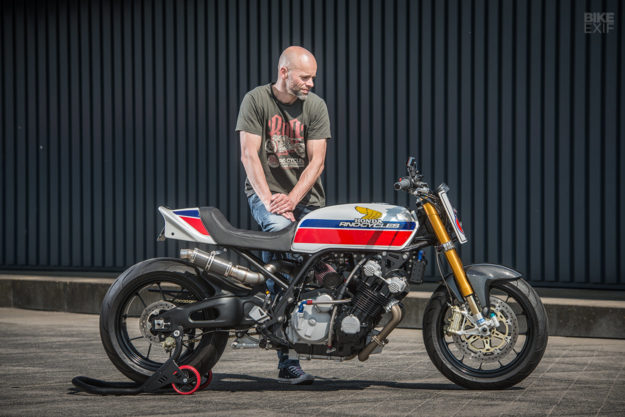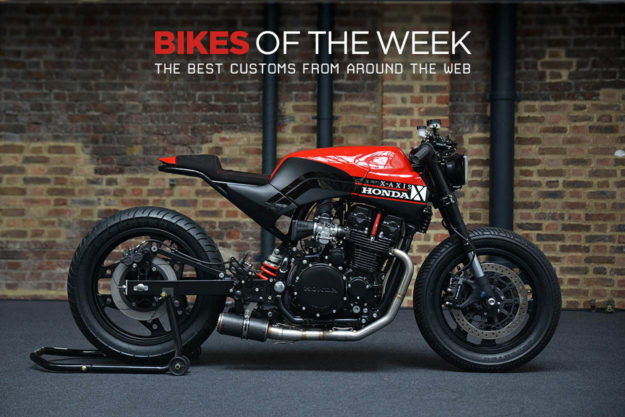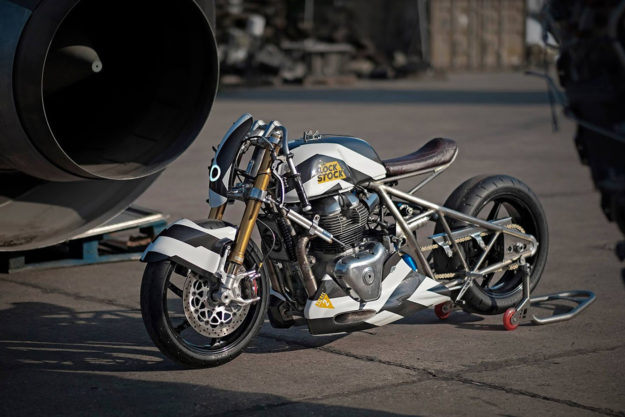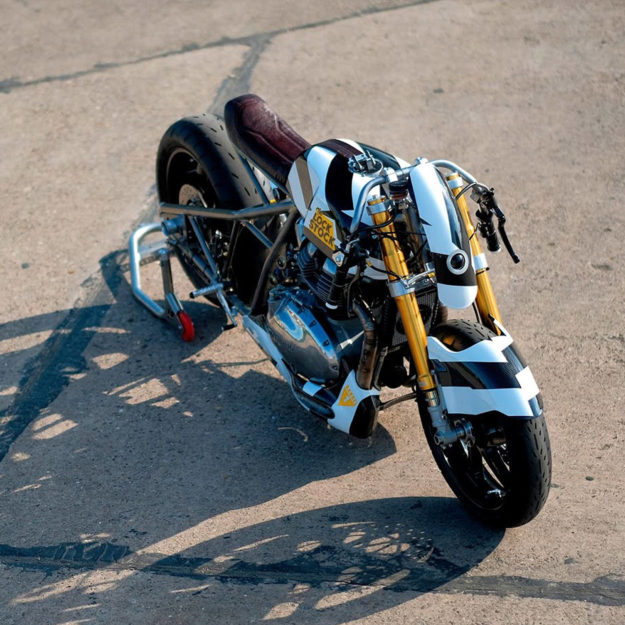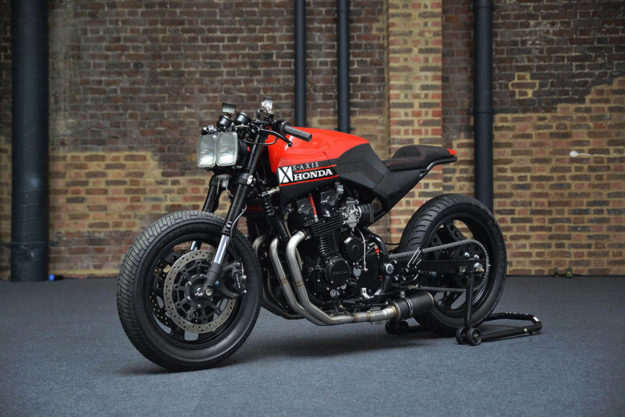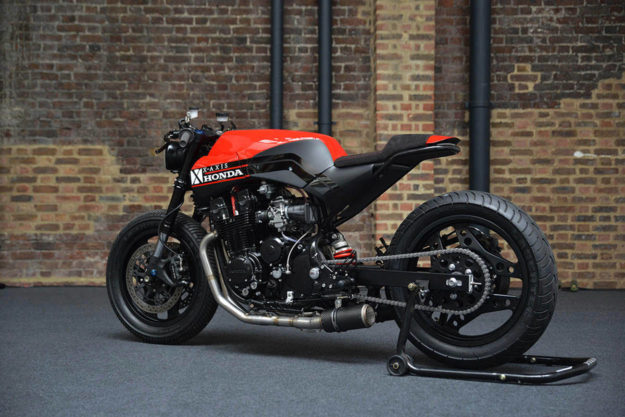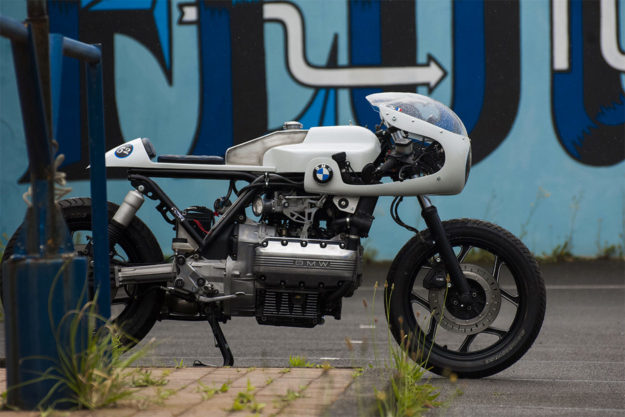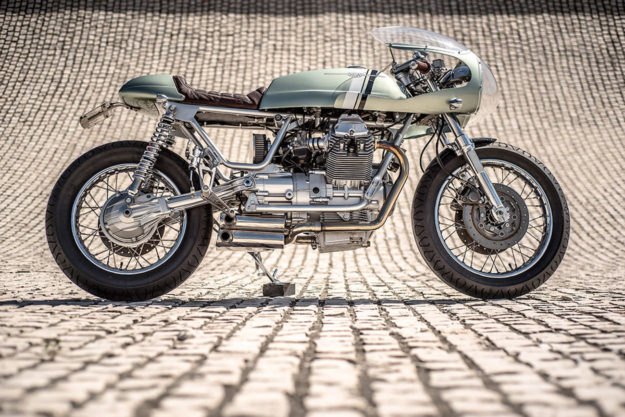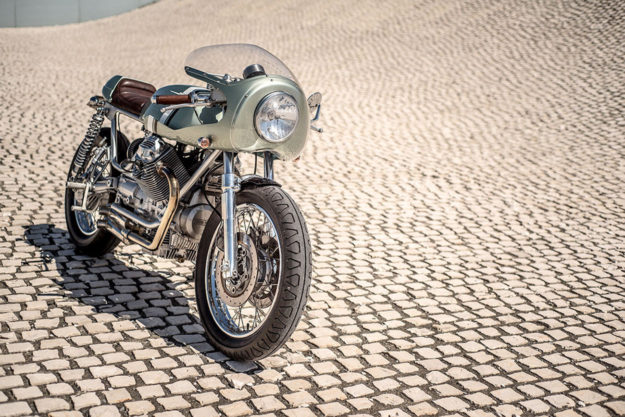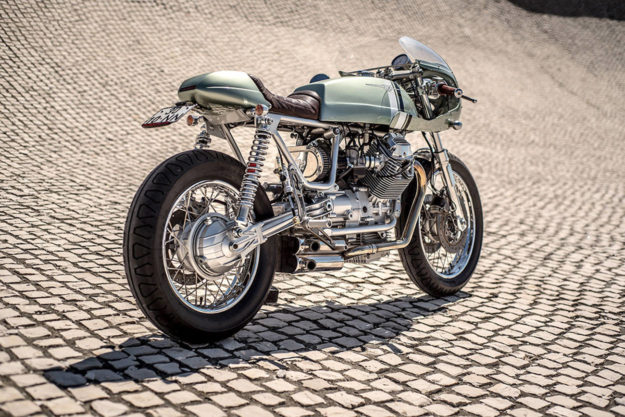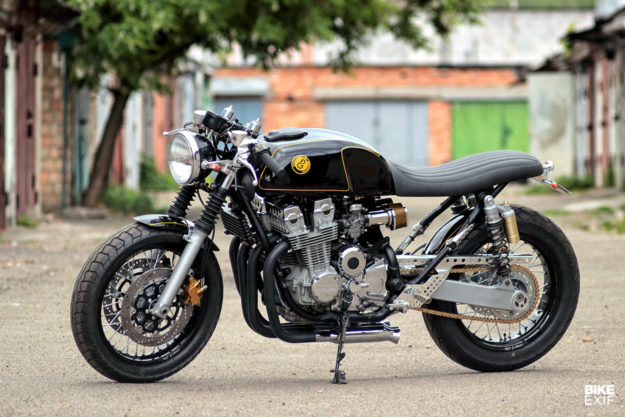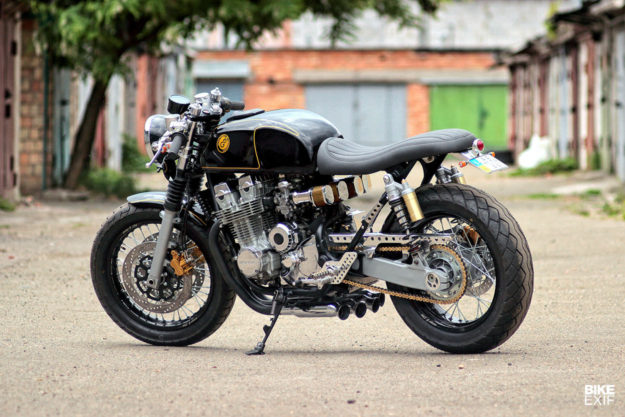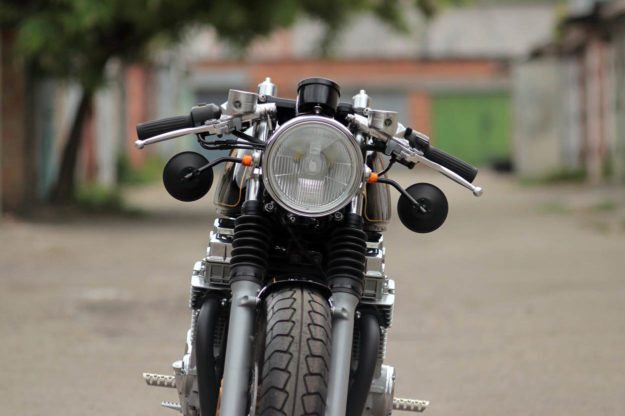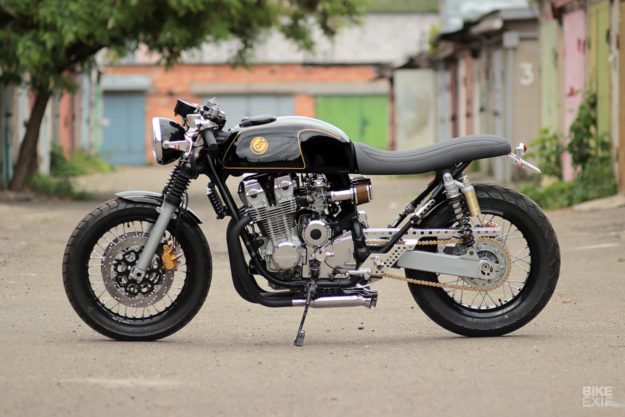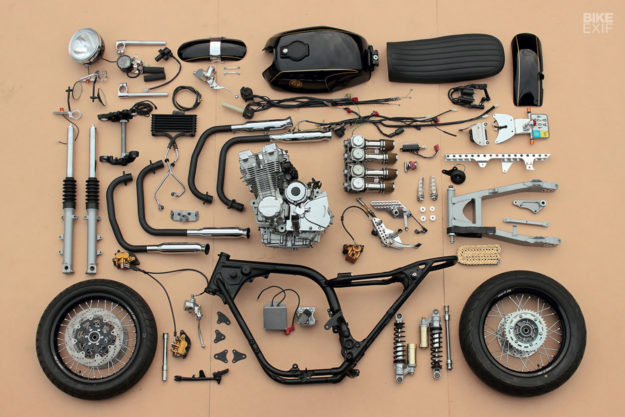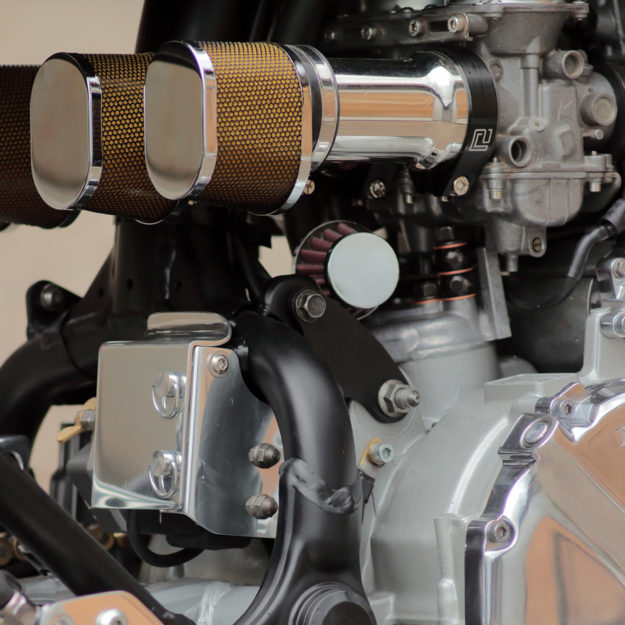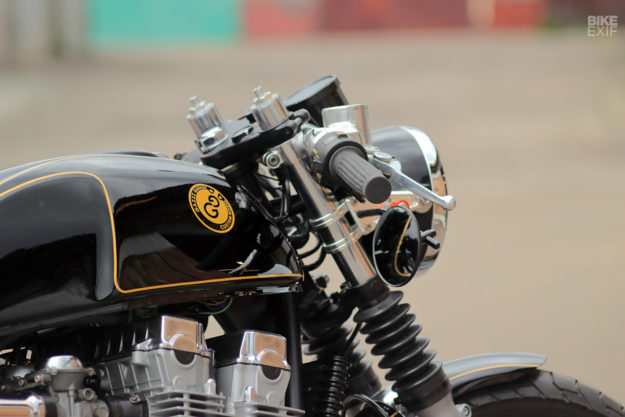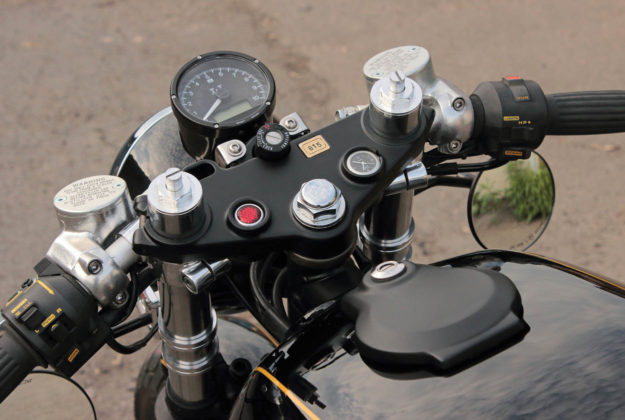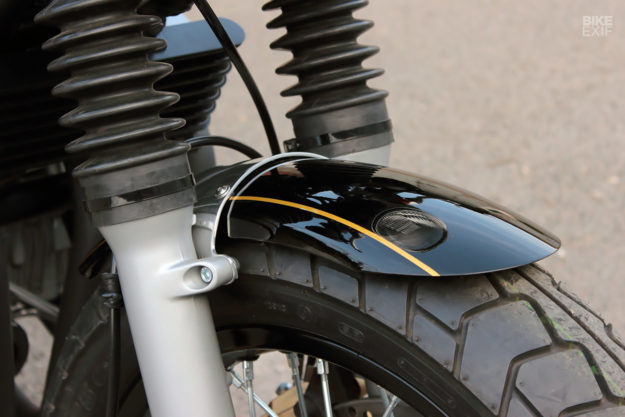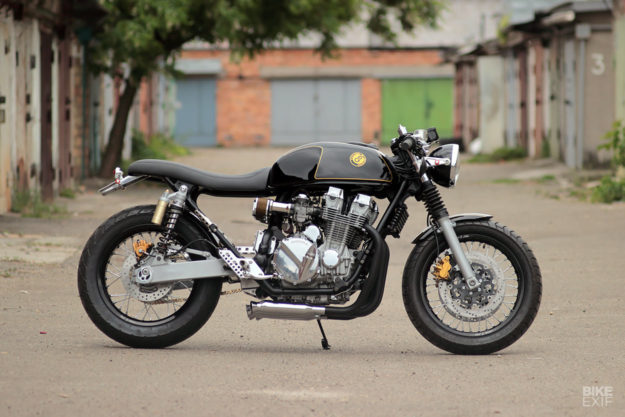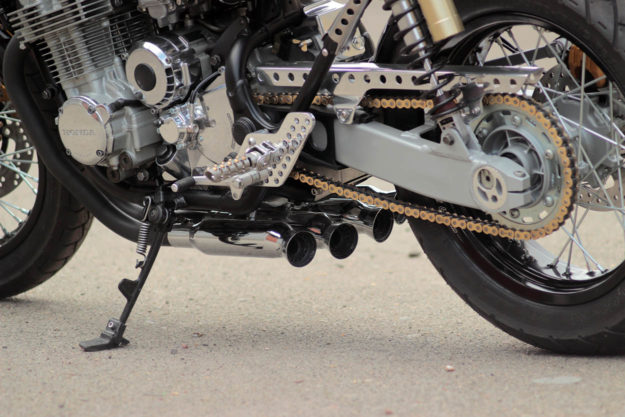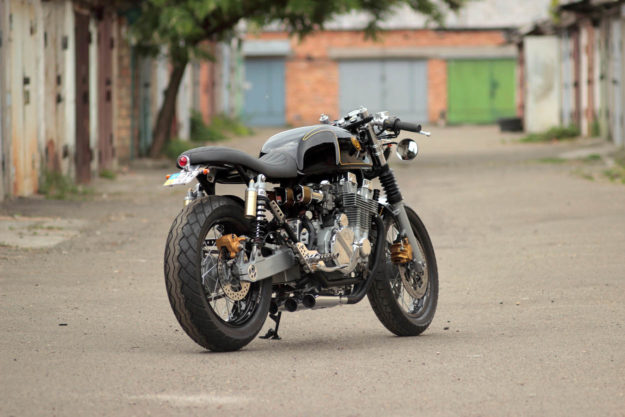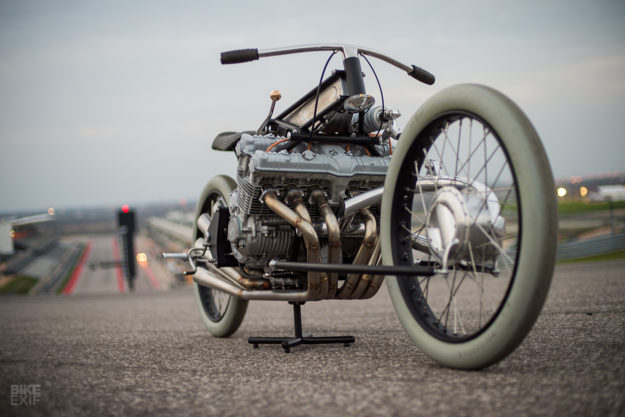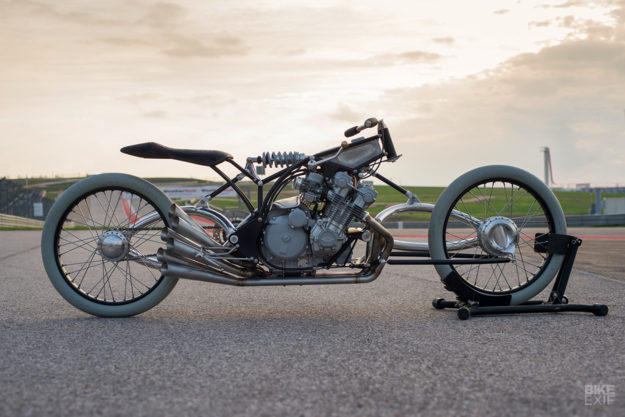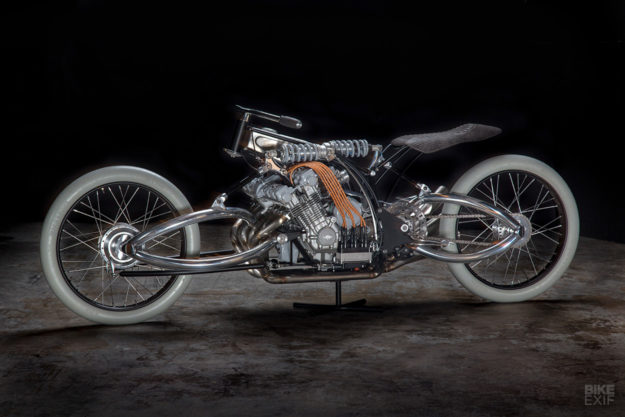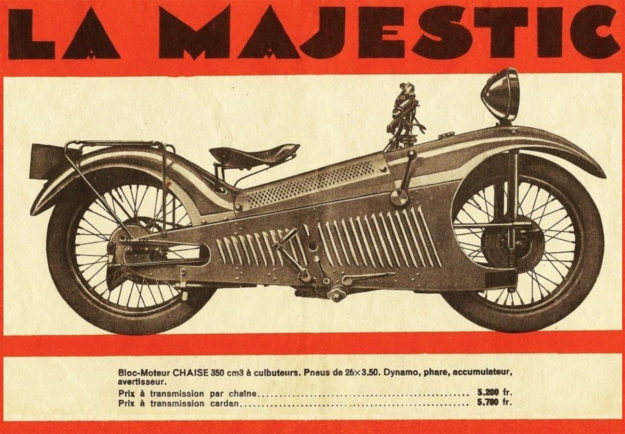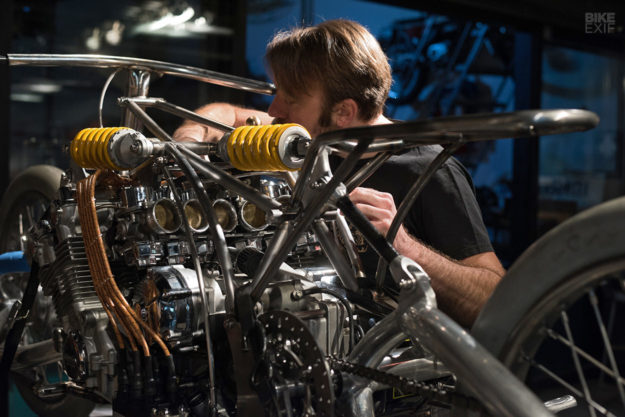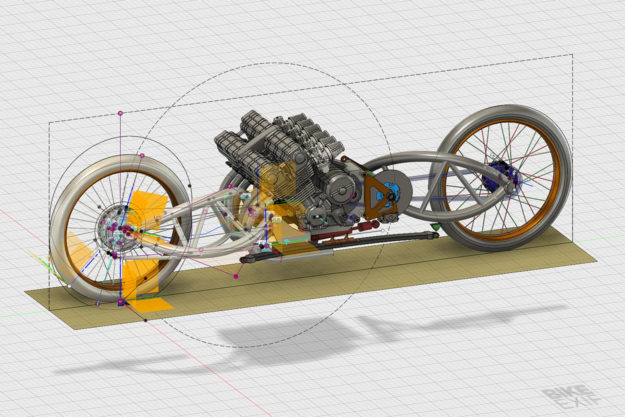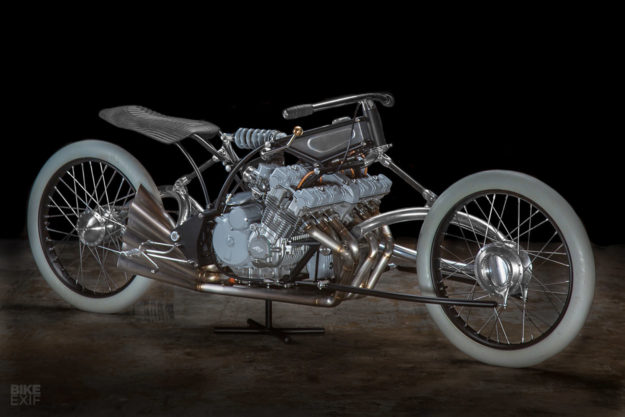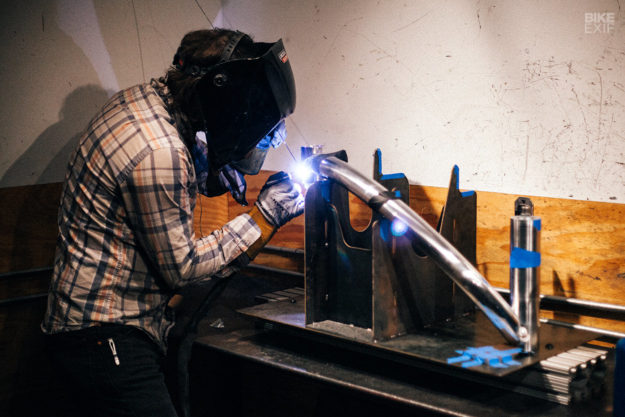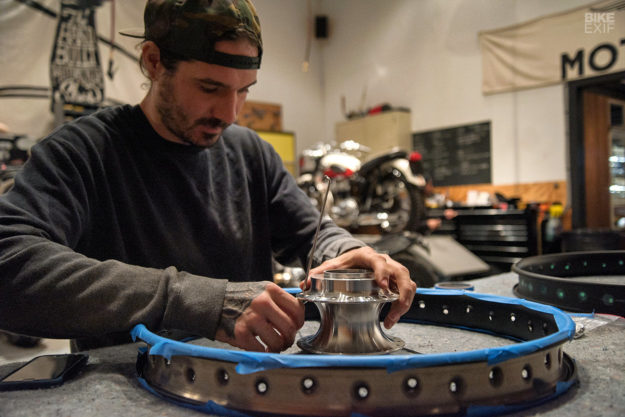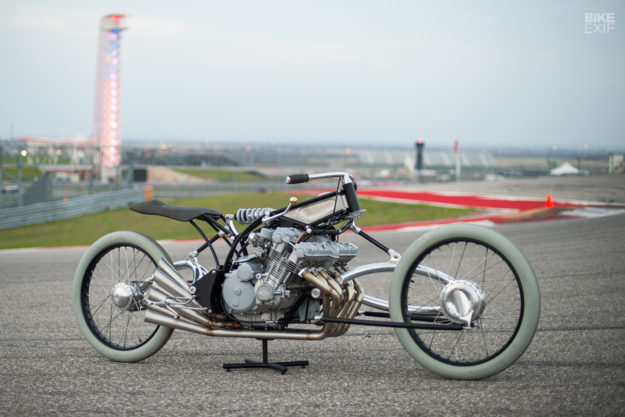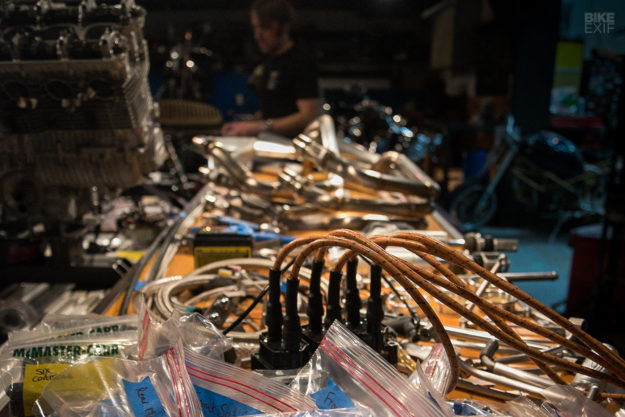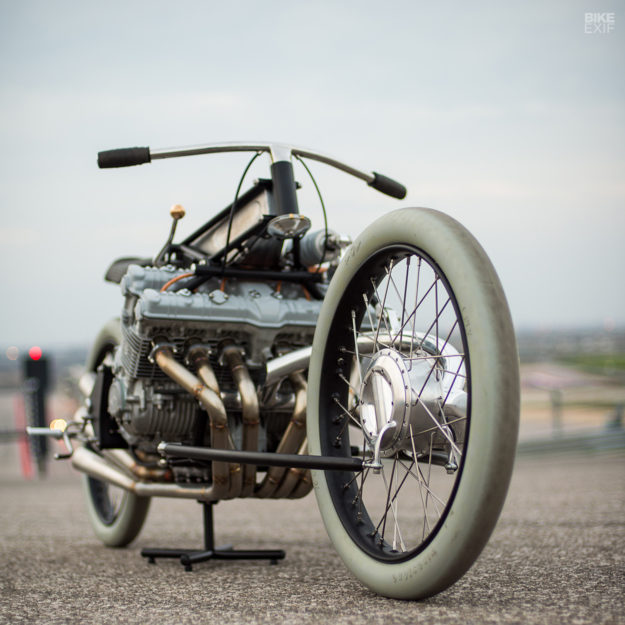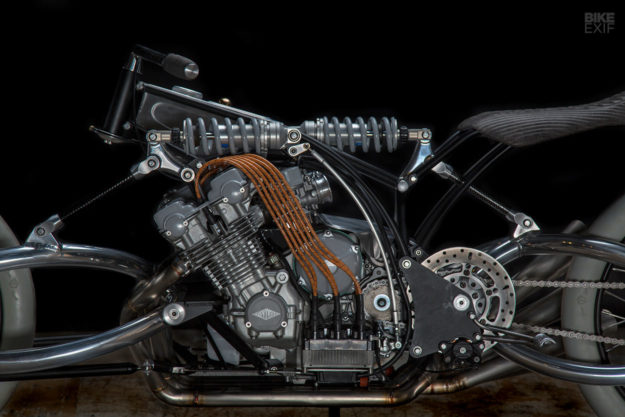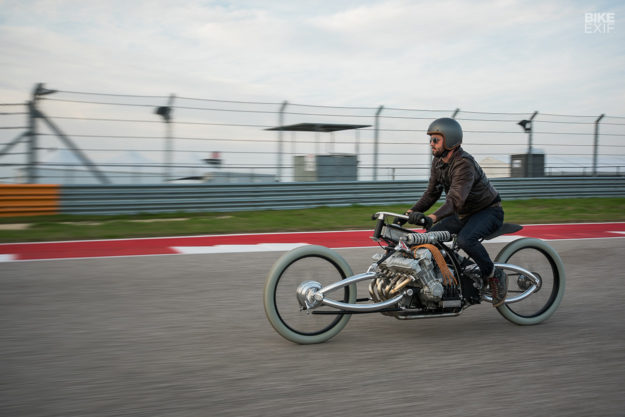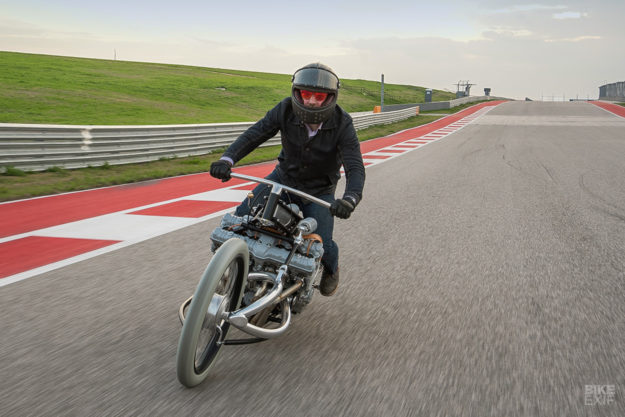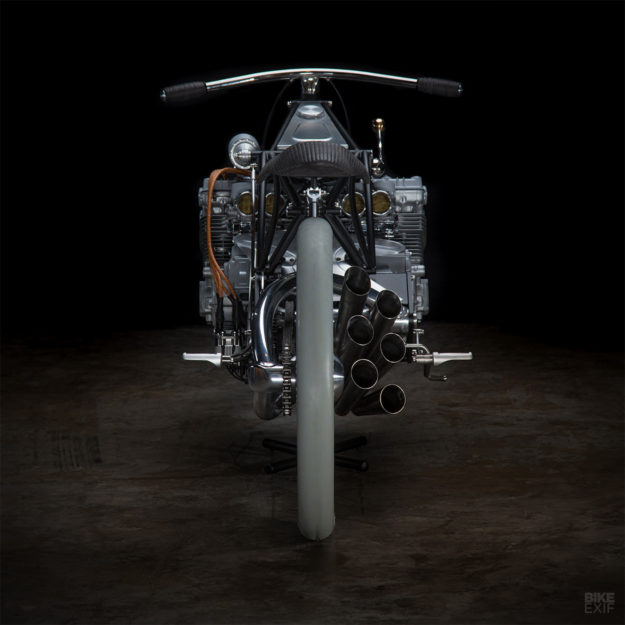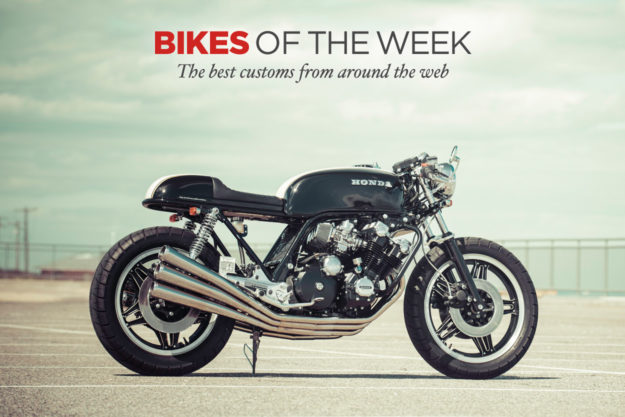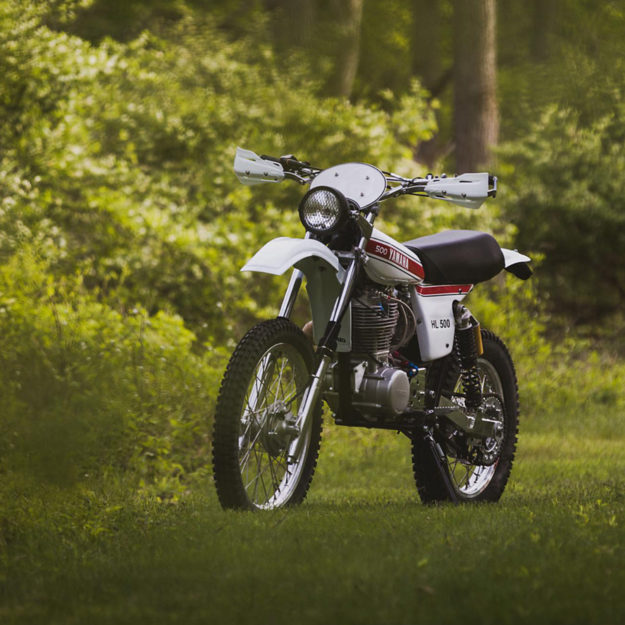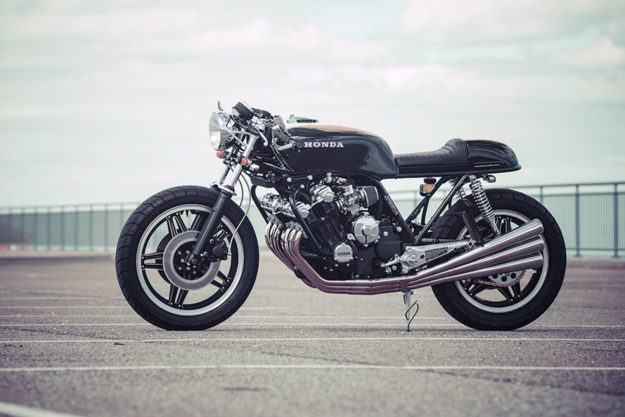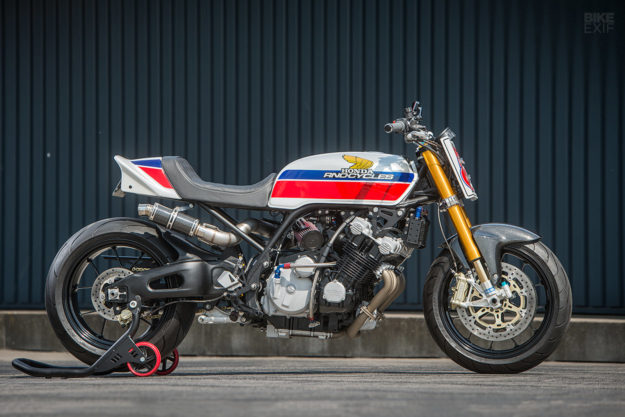
We love the big, bruising superbikes of the late 70s and early 80s. They were fast, brash and good-looking—and their riders often had more skidmarks than Lewis Hamilton’s driveway.
So we always keep an eye out for good superbike restomods, and Arno Overweel of Rno Cycles has just delivered a cracker with this turbocharged Honda CBX.
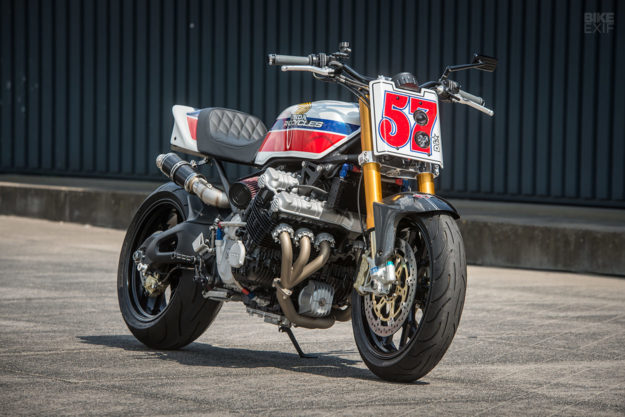
In continental Europe, Arno is a household name in the custom scene. His bikes are often extreme and impractical, but this one is different. The styling is subtle, and the pyrotechnics are focused on the mechanical side.
“The client saw my work at a show and he was very enthusiastic,” says Arno. “We started talking about a CBX that he’d owned from a very early age. It was an American model, with the odometer in miles.”
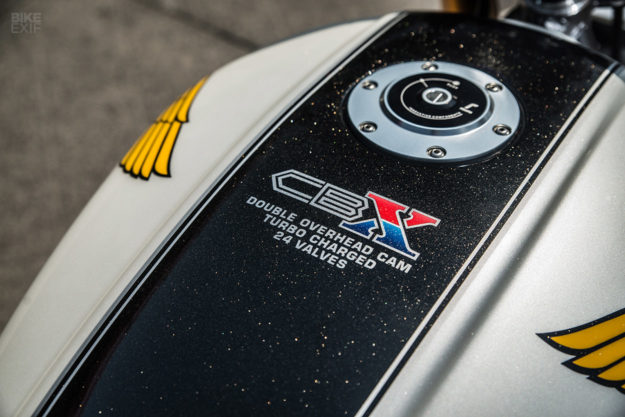
“The bike had been customized before, with a chromed frame and a turbo kit, but it’d been in storage for a while—and time had left its mark, in the form of rust.”
The client wanted his CBX back on the road, but Arno’s heart lies in custom bike building rather than restoration. “Restoration is simply not my passion,” he says. “But a technical and optical upgrade of a CBX seemed like a challenge, so my question was: where is the limit?”
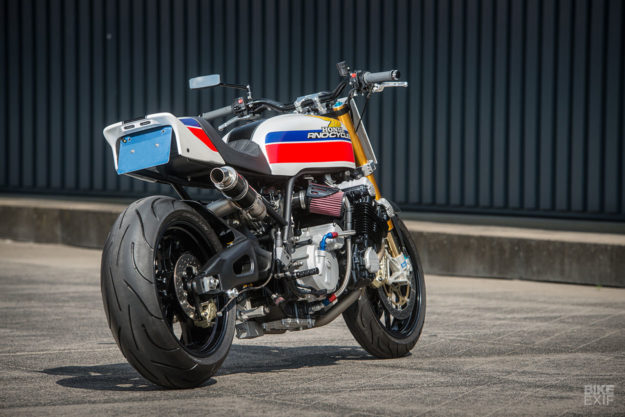
Arno and his client were soon on the same page. “We both became more enthusiastic. In our heads, the bike was already built: a number plate up front, an aggressive short seat, and modern brakes. The deal was sealed and I finally got to work with a powerful CBX!”
The CBX was the flagship of the Honda range between 1978 and 1982, a superbike with a 1,047 cc 24-valve, air-cooled inline six fed by six carburetors. With 105 hp on tap, it had a top speed comfortably in excess of 130 mph, with some reports citing 140 mph (225 km/h).
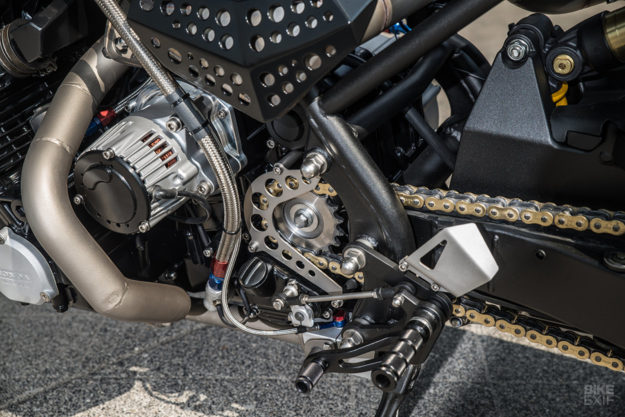
This machine goes one step better. It’s got a turbo kit from American Turbo Pack, a mod that was available to speed freaks back in the day. The turbo is a compact Rajay unit, and it breathes through a simple but effective Bendix carb. (The practicalities of tuning six Keihin VB28s for forced induction do not bear thinking about.)
Everything still works well, and the sound apparently generates goose bumps. “At a certain speed, the six-cylinder really begins to howl,” says Arno.
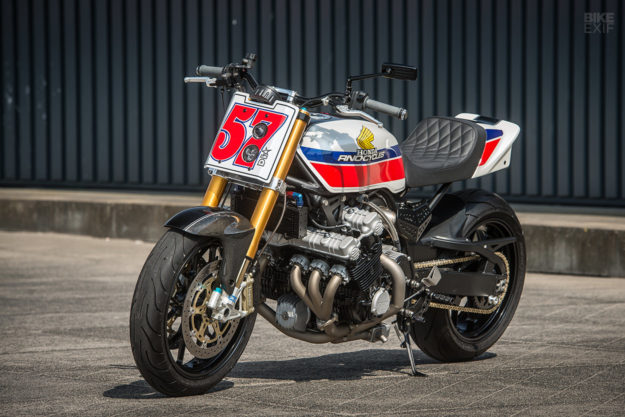
To keep the mighty motor running sweet, Arno installed a Setrab oil cooler (hooked up with Goodridge hoses), a Procom igniter set to boost the sparks, and a new alternator from a Kawasaki Ninja ZX-7R, fitted via a custom adaptor plate.
What Arno didn’t like was the back end of the CBX. “There was a huge seat with a ridiculous big taillight, which looked out of proportion with the narrow rear wheel. The front also needed better proportions.”
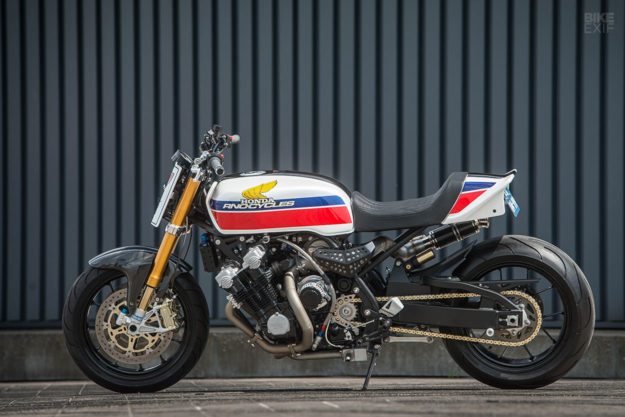
Arno decided to respect the 70s styling, but also update it to modern times—taking it from classic superbike to modern muscle bike. “The CBX would get a more brutal look as well.”
He’s installed a Fireblade swingarm that is a bit longer than the standard CBX item. “I wanted a more open, modern and transparent look. So I also turned it into a monoshock set-up,” says Arno. He’s used a Showa shock in a Pro-link setup.
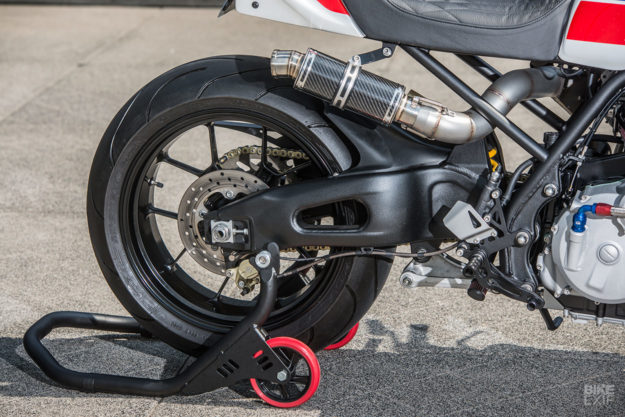
“The diagonal tube under the seat was removed, so all the electronic components and the battery had to move. The electrics are now under the fuel tank and the battery is in the tail.”
The tail end was shortened, which makes the swingarm look even longer, and the 190-section Aprilia RSV Mille rear wheel even bigger.
To beef up the front end, Arno has mounted Öhlins forks—again from an RSV Mille—along with triple trees from an Aprilia Tuono. The client did not want clip-ons, so Arno opted for more comfortable Motacc superbike bars on Rizoma risers.
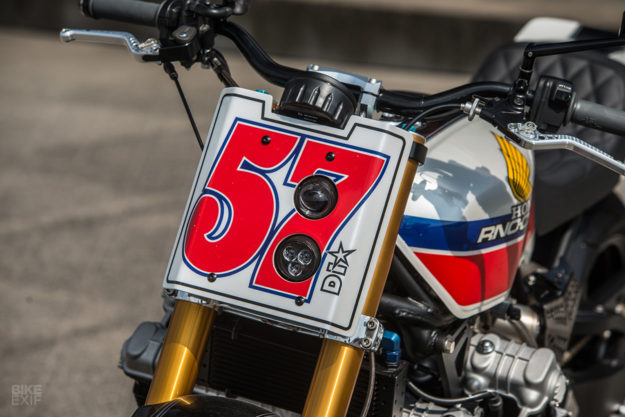
Right ahead is the AMA Superbike racing-style number plate, which holds a pair of small LED lights. The ’57’ logo was designed by Arno’s brother Jeroen: “57 is the ‘year of construction’ of the owner!” Arno reveals.
The CBX’s character is largely determined by the fuel tank, so Arno wanted to keep it. “I didn’t like the filler cap, so I welded a Rizoma racing cap in it. Some people will think, ‘What a lot of work for a filler cap’, but this bike just needed it.”
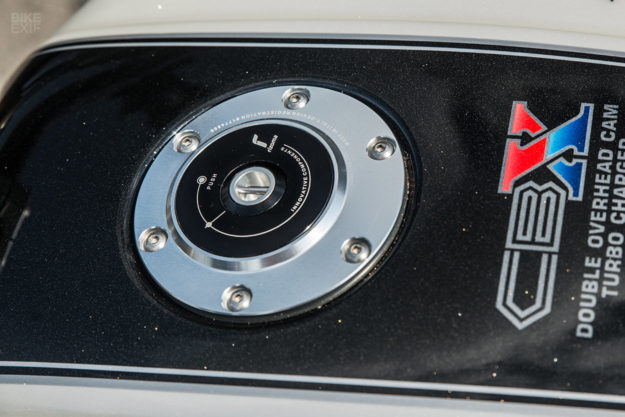
The engine didn’t need any work—and certainly doesn’t need any more power. The exhaust system upstream from the turbo plumbing is the original American Turbo-Pack unit, but Arno crafted new plumbing downstream. It now snakes between the subframe supports and terminates in a simple muffler.
Arno also replaced many components with modern counterparts—like Pazzo levers, Motogadget m.blaze blinkers and an Acewell LCD multi-function speedo. He also removed the large round ‘pancake’ air cleaner that blocked the view of the beautiful carburetor and Turbo, replacing it with a compact sport air filter.
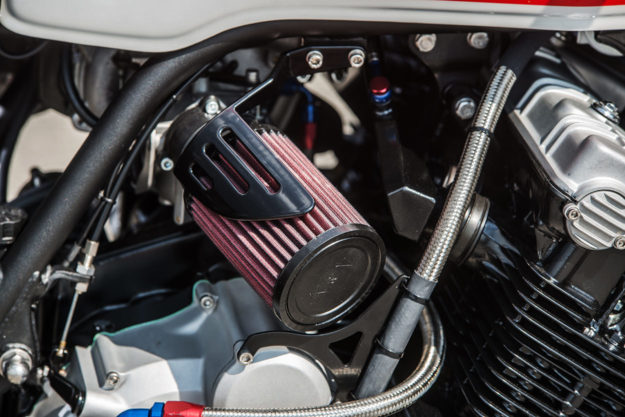
The striking paint is the handiwork of local specialist Ben Oud. “With Ben, you always know that it’ll works out,” says Arno. “I wanted an angular 70s style, in the Honda red, white and blue. And there had to be a black stripe on top of the fuel tank—which I’ve seen on a concept bike from Honda.”
Arno suggested flat colors and sponsor stickers, but Ben had better ideas. He also added a touch of glitter to the paint for extra impact, and figured out the best position for the logo.
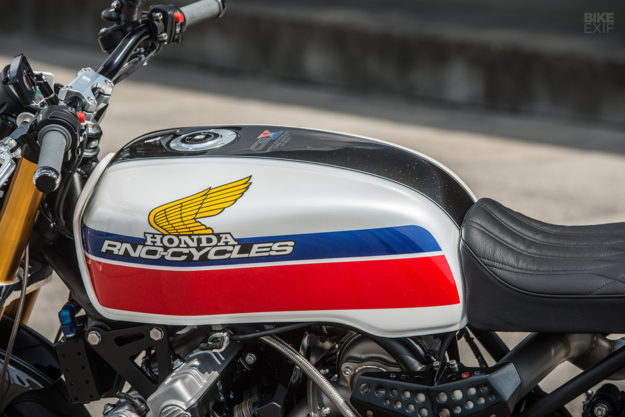
“He chose the most difficult option—a wing over the tank bulge,” says Arno. “He’s a real professional.”
Ben even painted the seat base before it went to Marcel Miller for the foam and upholstery. Arno elected to mix up the tuck ‘n roll pattern with some diamond stitching.
Unlike some of Arno’s previous builds, the CBX is ‘reasonably comfortable’ and practical. “Everything works properly, and the sound is fantastic!” he reports. “You can hear that it’s a six-cylinder.”
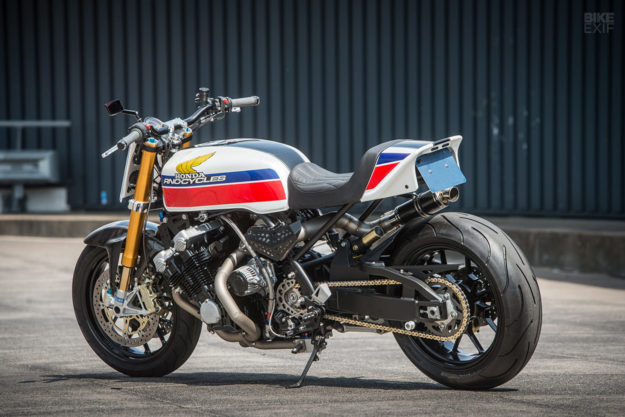
Arno’s managed to take the already monstrous CBX into even wilder territory—without losing an ounce of its retro appeal. We’d ask for a test ride if we weren’t genuinely scared of it.
Rno Cycles | Facebook | Instagram | Images by (and thanks to) Floris Velthuis
